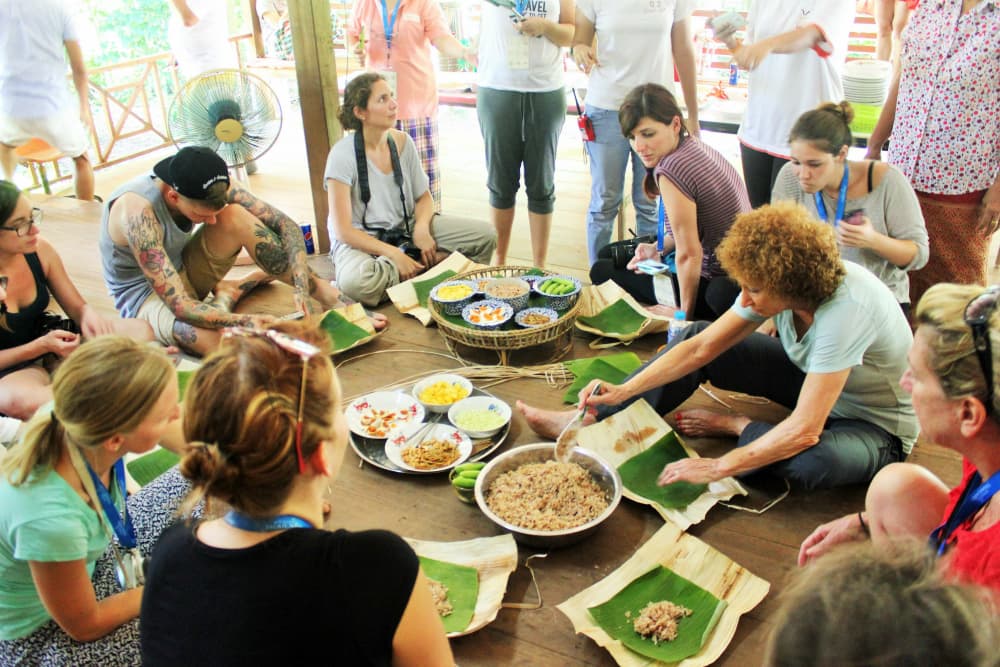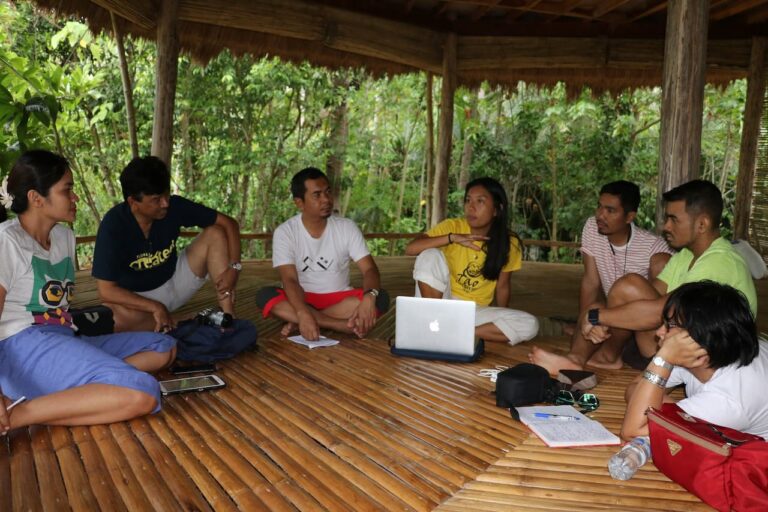Community-based tourism (CBT) in Tanzania continues to demonstrate its effectiveness as a powerful conservation tool, blending economic development with environmental stewardship. Building on its initial successes, there are numerous additional facets of CBT that further its impact on both local communities and wildlife conservation. By exploring these aspects, we can appreciate the full potential of CBT in fostering sustainable development and preserving Tanzania’s rich biodiversity.
Empowering Women Through Tourism
One of the notable benefits of community-based tourism is its ability to empower women within local communities. Many CBT initiatives actively involve women in tourism-related activities, providing them with opportunities for economic independence and leadership. Women often manage eco-lodges, produce handicrafts, and serve as cultural ambassadors, showcasing their traditions to visitors.
In the village of Mto wa Mbu, women have formed cooperatives to produce and sell traditional crafts to tourists. “Tourism has given us a voice and a platform to share our culture,” says Zainab Omari, a member of the cooperative. “We can now support our families and contribute to our community’s development.”
Education and Capacity Building
Education and capacity building are critical components of successful community-based tourism projects. Training programs in areas such as hospitality management, guiding, and sustainable practices equip community members with the skills needed to participate effectively in the tourism industry. These programs not only enhance the quality of the tourism experience but also build local capacity for managing and sustaining conservation initiatives.
For instance, the Jane Goodall Institute’s Roots & Shoots program in Tanzania includes training for youth in environmental education and sustainable tourism. “Our goal is to empower the next generation with the knowledge and skills to become conservation leaders,” explains Dr. Jane Goodall. “Through education, we can ensure the long-term success of community-based tourism and conservation efforts.”
Enhancing Biodiversity Conservation
CBT initiatives often focus on preserving and enhancing biodiversity by protecting critical habitats and promoting the sustainable use of natural resources. Community-led conservation areas, often established through CBT projects, serve as important refuges for wildlife and contribute to the overall network of protected areas in Tanzania.
In the Maasai Steppe, community conservancies have been established to protect wildlife corridors between Tarangire and Lake Manyara National Parks. “These conservancies are vital for the migration of elephants and other wildlife,” says conservationist Peter Kareiva. “By involving the community in their management, we ensure that these areas remain protected and that wildlife can thrive.”
Strengthening Community Resilience
Community-based tourism also strengthens community resilience by diversifying income sources and reducing vulnerability to economic shocks. This diversification is particularly important in rural areas where livelihoods often depend on agriculture, which can be affected by climate change and market fluctuations. Tourism provides an alternative income stream that can buffer communities against these uncertainties.
The Hadzabe community, one of the last remaining hunter-gatherer groups in Tanzania, has successfully integrated tourism into their traditional way of life. Visitors are invited to learn about their hunting techniques, gather food, and participate in cultural activities. “Tourism has provided us with a new way to sustain our community without abandoning our traditions,” says Hadzabe leader Daudi Petro. “It has made us more resilient and self-sufficient.”
Promoting Environmental Education
Environmental education is a cornerstone of community-based tourism, raising awareness about conservation issues among both locals and visitors. Educational programs and interpretive centers offer insights into the local ecology, wildlife, and conservation challenges, fostering a deeper understanding and appreciation of the natural environment.
At the Ngorongoro Conservation Area, the Maasai community operates a cultural boma where tourists can learn about Maasai traditions and the importance of preserving their natural heritage. “By educating visitors, we hope to inspire them to support conservation efforts and respect our way of life,” says Maasai elder Saruni Ole Lekisongo. “Education is key to building a sustainable future.”
Leveraging Technology for Conservation
The integration of technology in community-based tourism offers innovative solutions for conservation challenges. Technologies such as GPS tracking, camera traps, and drones are used to monitor wildlife and protect against poaching. Additionally, digital platforms can enhance marketing and communication efforts, connecting communities with a broader audience.
In the Selous Game Reserve, rangers use GPS-enabled devices to track the movements of elephants and identify poaching hotspots. “Technology has revolutionized our approach to conservation,” says ranger Joseph Mbilinyi. “It allows us to respond quickly to threats and protect our wildlife more effectively.”
Building Partnerships for Sustainability
The success of community-based tourism often depends on strong partnerships between local communities, conservation organizations, government agencies, and the private sector. These partnerships can provide technical expertise, financial support, and access to markets, enhancing the sustainability and impact of CBT initiatives.
In the Ruaha-Rungwa ecosystem, the Ruaha Carnivore Project collaborates with local communities to mitigate human-wildlife conflict and promote sustainable tourism. “Partnerships are essential for achieving our conservation goals,” says project director Dr. Amy Dickman. “By working together, we can create win-win solutions that benefit both people and wildlife.”
Community-based tourism in Tanzania exemplifies how local involvement and sustainable practices can lead to successful conservation outcomes. By empowering women, building capacity, enhancing biodiversity conservation, strengthening community resilience, promoting environmental education, leveraging technology, and building partnerships, CBT initiatives create a holistic approach to conservation that benefits both people and nature.
As these initiatives continue to evolve and expand, they offer a model for sustainable development that can be replicated in other regions facing similar challenges. “Community-based tourism has transformed our approach to conservation, making it a shared responsibility and a source of pride,” concludes Professor Amani Mollel. “With continued support and collaboration, we can ensure that both our environment and our communities thrive.”
Through the diverse benefits of community-based tourism, Tanzania sets a precedent for how conservation and development can go hand in hand, providing hope for a sustainable future.

